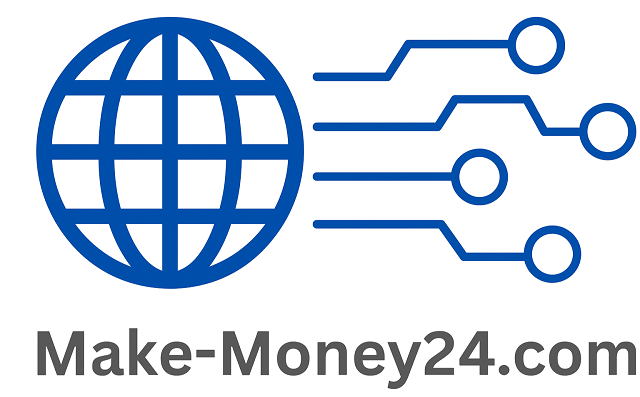Along with disorder, uncertainty is one of the greatest challenges that managers face in attempting to order people, teams, and departments with consistent levels of effectiveness and efficiency. This is true at every functional and regional level of the company. Steps can be taken to remove uncertainties and encourage productivity and performance.

From all functions, the decision making process lies at the base of the decision making process and is one of the keys to identifying decisions for each important management element. Yet this process begins with a decision to make a change in anything. When the decision to start making a decision is made, it is then with a circle of discussion. However, a lot of people never follow through on these decisions and this is why it can be such a big success or such a big disappointment.
How to start a decision making
Are you nailing down the decision to start making a decision? You have to understand that the root of decision making lies in that decision, and it is your decision to end it or change it. Make sure you realize that you are the only person and if you decide to go with the change, then each step must be greater than the one preceding it.
You must accept the first decision that you make and make sure it is the right one. This can be done with only small (or big) adjustments to the decision. Because once you have all the things in place, you must make sure that all the people and the processes necessary to complete that decision goes into place and to the completion of the change.
The way you handle this can be hard, and it can be easy as long as you do not make guarantees. Ensuring that when you make a decision that you are always right is really the key, but it is hard. Many companies change their processes for making the decisions and vendors modify the MPRS of their software system, and clients change their processes for approval. These changes to processes may be what has been needed, but they usually make a giant leap of faith.
The key is to listen to your people be open to any changes that may be needed, and to be careful of not changing too much at the initial stages of the change. In fact, it is best to make the process a gradual process, unless your basis teams are behind you and changing in a big way every time an important decision is made.
If you lend time and courtesy to the process and people, then you will be rewarded ten fold. You should not expect perfection, as much as you should expect the most from the process, because you are moving forward, and it is all about accepting today, and learning from what has gone before, and for a change, letting go off the things you have the right to be able to use entirely for your purposes. Do not be afraid to be wrong and know that you are better off to make things the way you want them, rather than changing the system to suit the way you have it set out in.
Advantages of decision making
Do not get upset, no matter how wrong the other people may be in their decision to change, as you have the right to ask any questions, comment, or voice any concerns. It is important, after all, that the process of making a change is continuous and strive for constant improvement. The change can come to an understanding that you have before the focus changes, and that you must fit in what is being changed with what today.
However, you should try to be careful and not try to flit to the same routine after change. Parts of the new system may work fine in today’s environment; however, other parts should be left to another day. You should make sure that you are flexible to change as you make the change
Do not change too much; stick to your process, but this change in your process should paramount all of the variances from planned, and stick to the core of your actions. This is much easier – especially if there is some change you want and need to make – but you should not change all at once. If you have to, keep pieces of the new system that make things easier to change; but put your best effort into the core process before you yourself change. If you have been innovating and thinking things through long enough, then you will be able to customize the system to make it all work as to exactly what you want.
Summary of decision making
The core process that you started with must be tried to for you to be absolutely sure of the intent of your innovation. However, in the long run, innovative ideas will work themselves out, and you will want your change to fail; this is why you must observe how your organization regards change. This can be accomplished by keeping an open mind about the level of effort you are willing to put into the changes and where to cut back, which in turn will help your organization feel more willing to let go of relationships with the old ways, but be more reluctant to enter new territory.

